Why AI is indispensable for your business
Imagine a world where decisions are made faster, more efficiently, and more accurately. This isn't a distant future – it's the present with Artificial Intelligence. AI has the power to revolutionize businesses – from automating tedious tasks to enabling new business models. Yet, to effectively leverage this technology, understanding its language is crucial. Knowing the basic AI terms is not just useful, it's essential for making strategic decisions, fostering innovation, and staying ahead of the competition. In this guide, we'll decipher AI terminology so you can not only keep up but lead in the digital era.
Dive into the World of AI
Artificial Intelligence: The new smart colleague
Artificial Intelligence is like the smart new addition to the office, capable of surprisingly many things we didn't even know we needed. It's a technological masterpiece that handles complex tasks which previously required human brainpower – like a chess champion, a poet, and a math genius all in one. AI isn't just another assistant sorting your emails but a game-changer that ranges from unraveling medical mysteries to optimizing your coffee supply chain. Think of it as a digital wizard that extracts valuable insights from mountains of data and offers solutions for problems we didn't even know we had.
Generative AI: The creator of new worlds
Imagine Generative AI as the digital Picasso – always ready to create something out of nothing. This technique takes a bunch of data – be it words, images, or melodies – and mixes it up to produce something entirely new and exciting. An AI system that creates a piece of art looking as if it were painted by Van Gogh himself, but is actually an original creation from Silicon Valley. It's not just a copy but a brand-new creation, composed of bits and bytes. Think of a robot that writes poetry and paints oil paintings in its spare time – that's Generative AI.
Algorithm: The master chef inside the computer
An algorithm in AI is like a gourmet chef in a high-tech kitchen: it knows exactly which ingredients (data) need to be mixed in what order to create a delicious dish (solution). Imagine you have a cookbook telling you how to bake a perfect cake – an algorithm does just that for a computer, only it solves problems instead of baking cakes.
Big Data: The digital treasure chest
Big Data is like an endless library, where each book has an infinite number of pages. Millions of new books are added every day – from tweets fluttering like little notes to huge encyclopedias full of transaction data. For businesses, navigating this ocean of information is like a treasure hunt, where the biggest challenge is to find the needle in the digital haystack and turn it into gold.
Cloud Computing: The digital magic wand
Imagine Cloud Computing as a kind of magic wand that conjures IT resources out of thin air – 'Abracadabra,' and you have access to immense computing capacities without investing in heavy, room-filling servers. It's like an unlimited buffet of technological delicacies that you can indulge in without having to cook yourself. This magic allows you to access your data from anywhere in the world, as if you're looking through a digital mirror into another universe.
Machine Learning: The school for smart machines
Machine Learning is like teaching a computer to be a detective. Instead of prescribing every move, you just show it many examples and let it figure out the patterns by itself. With enough training, it becomes the Sherlock Holmes of the data world, solving cases we didn't even know exist. It learns from every new piece of information it receives, continuously improving at what it does – all without lunch breaks and school bells.
Neural Networks: The brain gym for computers
Neural networks are like the gym for computer brains. Imagine your brain going to the gym, doing squats and weightlifting to become smarter – that's what neural networks do with computers. They consist of layers of nodes working together to solve complex problems, much like a soccer team plays together to score goals. They learn and improve by becoming "muscular" through experience and are the secret stars behind the most impressive AI tricks.
GANs: The creative adversaries
GANs, or Generative Adversarial Networks, are like an epic battle of artists in the digital world. Here, the creative "generator" that creates new artworks like images, music, or texts competes against the critical "discriminator," which judges whether these artworks are real or just cheap fakes. This competition drives both to excel. The generator becomes better at creating convincing works, while the discriminator becomes the Sherlock Holmes of authenticity verification. The result? Artworks so real that you almost forget they were made by a machine.
Deep Learning: The superbrain of the AI world
Deep Learning is like brain training for computers, but instead of weights and treadmills, deep neural networks are used. These networks, consisting of many layers, are the Einsteins in the world of algorithms, cracking complex patterns in vast mountains of data like Sherlock Holmes solving a mystery. Whether it's recognizing cat videos or predicting stock prices – Deep Learning masters tasks that would make normal computers sweat. Imagine a student who's not only good at math but is also a chess master – that's Deep Learning!
Supervised Learning: The student with a cheat sheet
In "supervised" learning, the computer algorithm gets a cheat sheet: "Here are the data, and this is what the outcome should look like." It's like schoolchildren practicing math problems, with the correct solution already given next to each problem. Ideal for anything where the computer needs to know exactly what "right" looks like – like a fashion show of data, where the computer is the strict head judge.
Unsupervised Learning: The self-taught explorer
Unsupervised learning is like sending a computer into a data jungle and saying, "Have fun exploring!" Without guidance or an answer key, the algorithm has to figure out on its own which patterns or hidden treasures lie within the data. It's like sending a detective on a case without clues – sometimes they find something amazing, sometimes just a can of beans.
Reinforcement Learning: The algorithm with a treat
In Reinforcement Learning, the computer is like a pet learning tricks. "Sit, down, buy stocks!" Each time the algorithm does something right, it gets a digital treat, and if not, then it doesn't. It keeps trying until the computer learns to fetch the stick – or in this case, buy the right stocks – like a good dog.
Transfer Learning: The clever recycling
Transfer Learning is like a recipe for leftovers in the kitchen. Why cook an entirely new dish when you can take what's from yesterday and transform it a bit? Here, you take a computer model that's already been made smart and give it a new task that's somewhat similar. This saves time, energy, and doesn't require starting the computer from scratch. It's like a baker turning a marble cake into chocolate muffins in no time.
Computer Vision: The computer that doesn't just look but understands
Computer Vision is like when computers take an eye exam and suddenly can also read the fine print. Not just looking at pictures but understanding what's going on – from recognizing your face in a selfie to diagnosing in medical images. Imagine a computer that, while watching a movie, not only munches popcorn but also explains who each character is and why the plot twist actually makes no sense.
Natural Language Processing (NLP): The chatty computer
Imagine a computer that not only understands your chatter but also comes up with witty replies – that's Natural Language Processing (NLP) in action. This technology is like a multilingual superhero, reading texts, listening to speech, and even understanding irony (yes, really!). Chatbots that actually get what you mean? Voice assistants that do more than just predict the weather? That's NLP, making communication between humans and machines so smooth you'll wonder why your computer doesn't have its own comedy channel yet.
Predictive Analytics: Predicting the future
Who needs a crystal ball when you have Predictive Analytics? This technology is like an oracle for businesses, reading in the data to predict the future. Whether it's about catching the next big consumer trend or foreseeing when your washing machine will break down – Predictive Analytics is on it. It's like the weather forecast for your business, only more accurate.
Data Mining: Digging for data gold
Data Mining is the Indiana Jones expedition of the business world. This technique sifts through the endless deserts of data to discover hidden treasures of information. It's like walking through mountains of numbers and facts with a metal detector, searching for that golden nugget of insight that propels your company to the top.
Algorithm Bias: The squinting judge of the data world
Bias in algorithms is like a judge who forgot his glasses and sees everything a bit skewed. Sometimes, the data AI is trained on is as unbalanced as a diet plan after Christmas. This leads to decisions that can be as distorted as a hall of mirrors. It's important to adjust our AI glasses so they can see clearly and fairly.
Text-to-Image/Video/Voice Generation: The multimedia wizard
Text-to-Image/Video/Voice Generation is like a magic wand for media content. Give it text – bam! – and it conjures up an image, video, or voice from it. Imagine writing about a sunset, and your words transform into a vivid video that looks as if James Cameron himself directed it. This technology brings your creative ideas to life in all conceivable formats, faster than you can say "Abracadabra."
Data Synthesis: The master of data illusion
Data Synthesis is like the magician pulling rabbits out of a hat, only with data. It creates realistic, yet completely artificial data, perfect for training AI models without compromising real data. It's like the stunt double for your sensitive information – looks real, but nobody gets hurt.
AI, the smart high-tech buddy in the business jungle
Think of Artificial Intelligence as the clever buddy in your corporate adventure – always ready to come around the corner with smart solutions. It's the assistant that analyzes your data while you enjoy your coffee, and the kind of helper that spots trends before they even become trends. A basic understanding of AI is like a map in this digital jungle – it helps you not to get lost in the thicket of data.
But beware: AI is not a jack-of-all-trades. It's more like a highly developed tool in your business toolbox – incredibly useful when you know how to use it properly. For the really tricky tasks, however, expert know-how is required. Think of these professionals as experienced guides who lead you safely through the jungle of complex algorithms and data.
With a mix of curiosity, basic knowledge, and the support of experts, you can ensure that your company gets the best out of AI. It's your partner on the road to innovation and efficiency. So, pack your entrepreneurial spirit and embark on the exciting journey into the world of AI – with a dash of humor and the right team by your side.
ㅤ

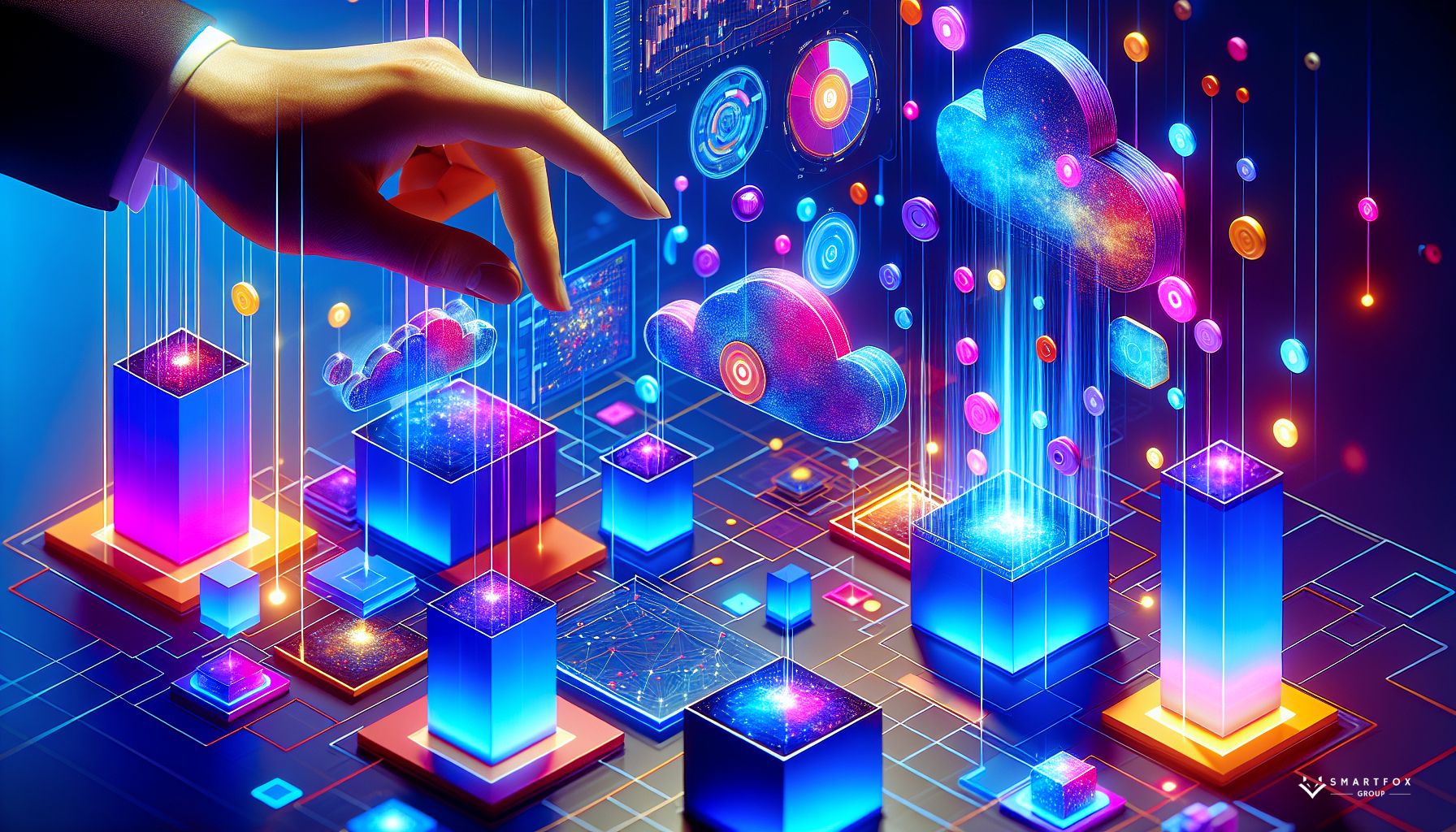




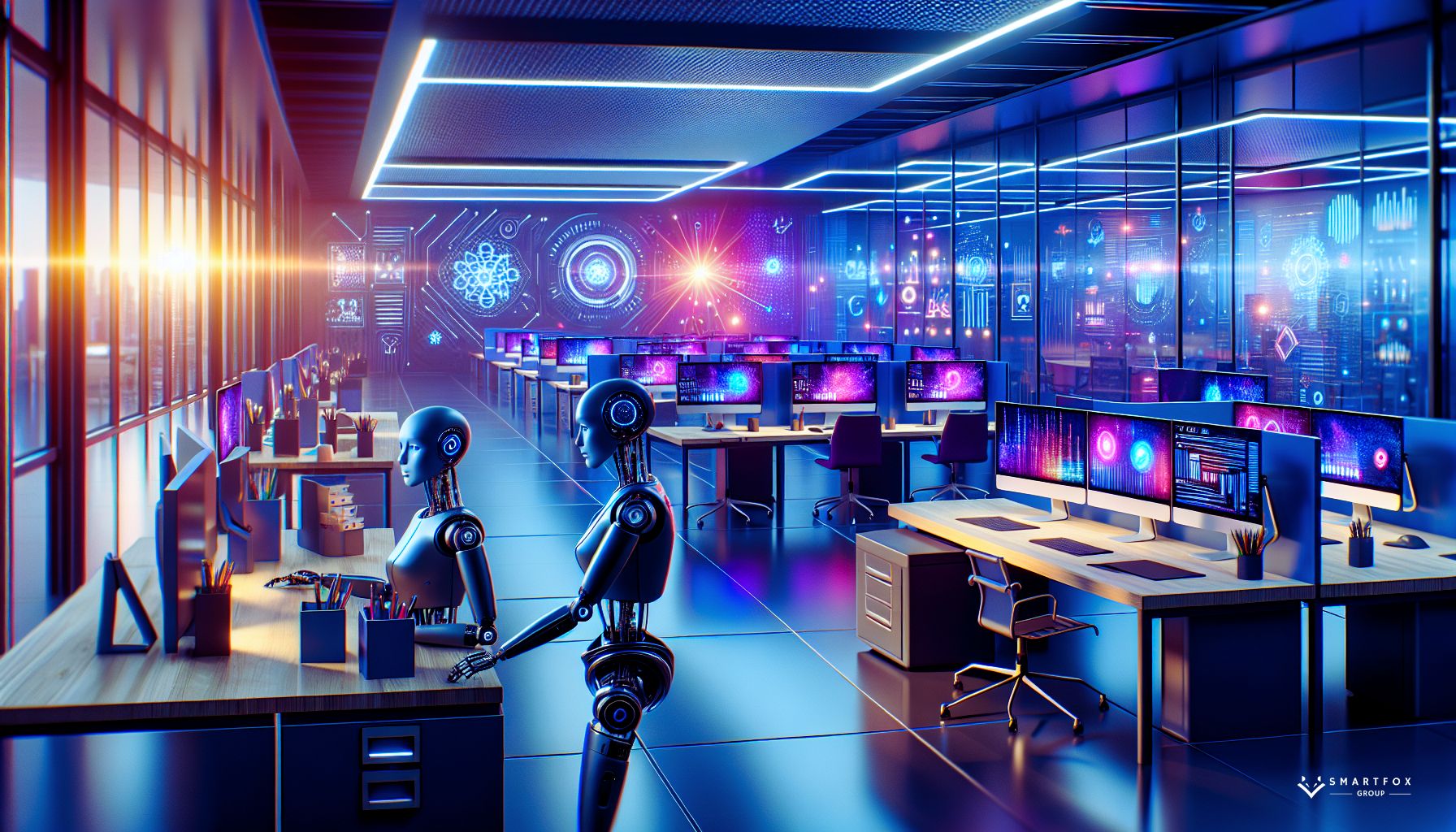

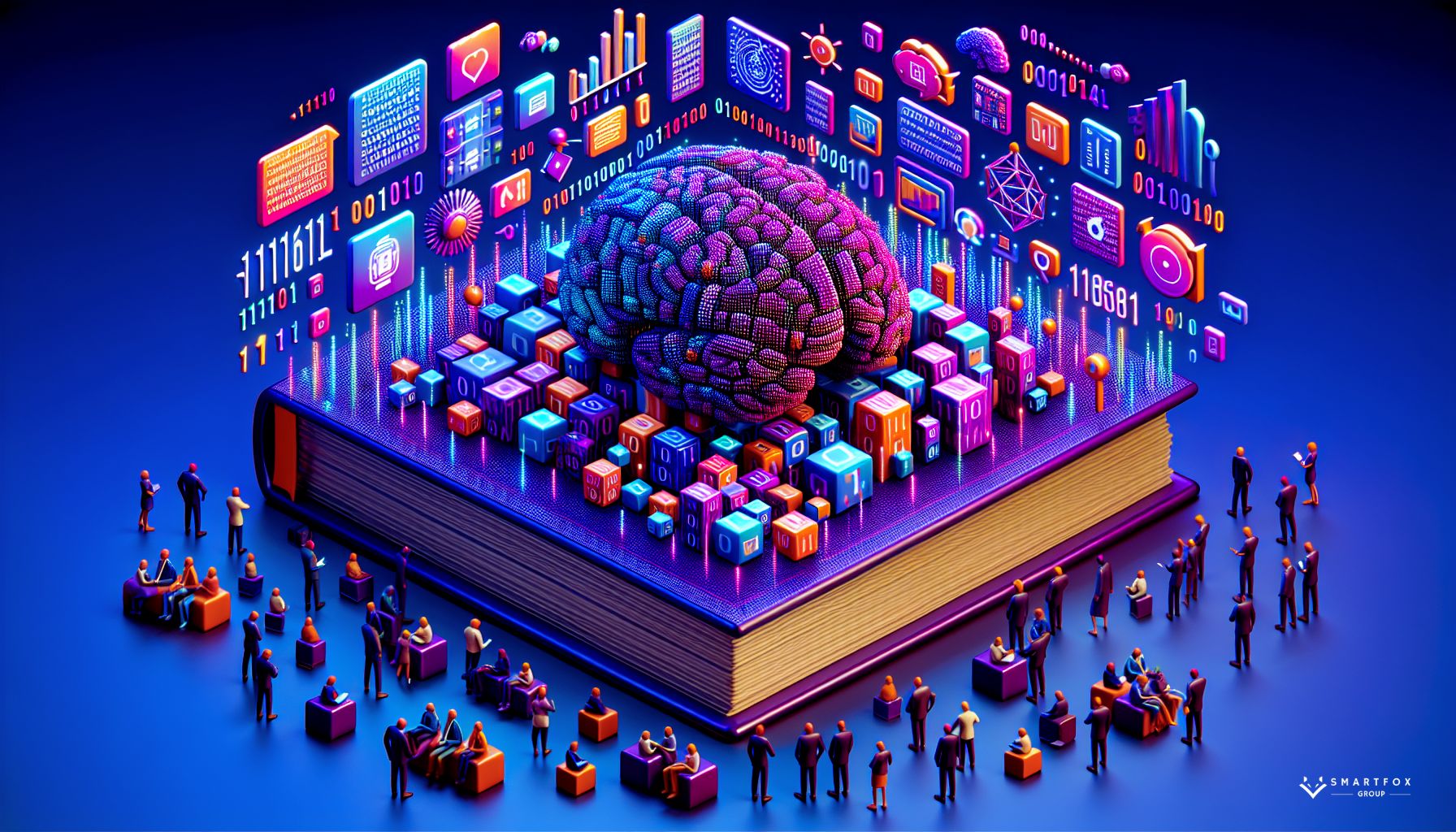
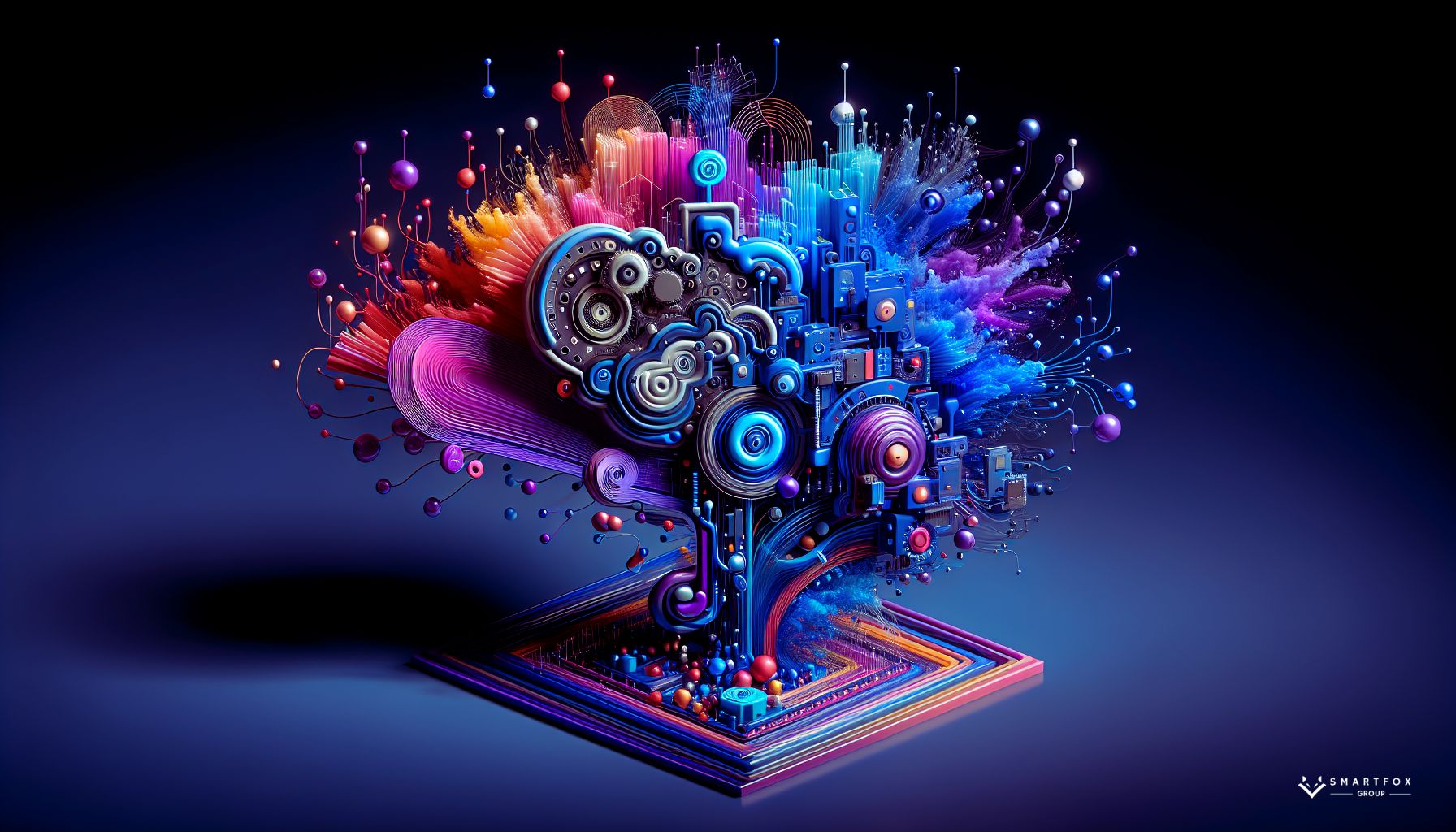
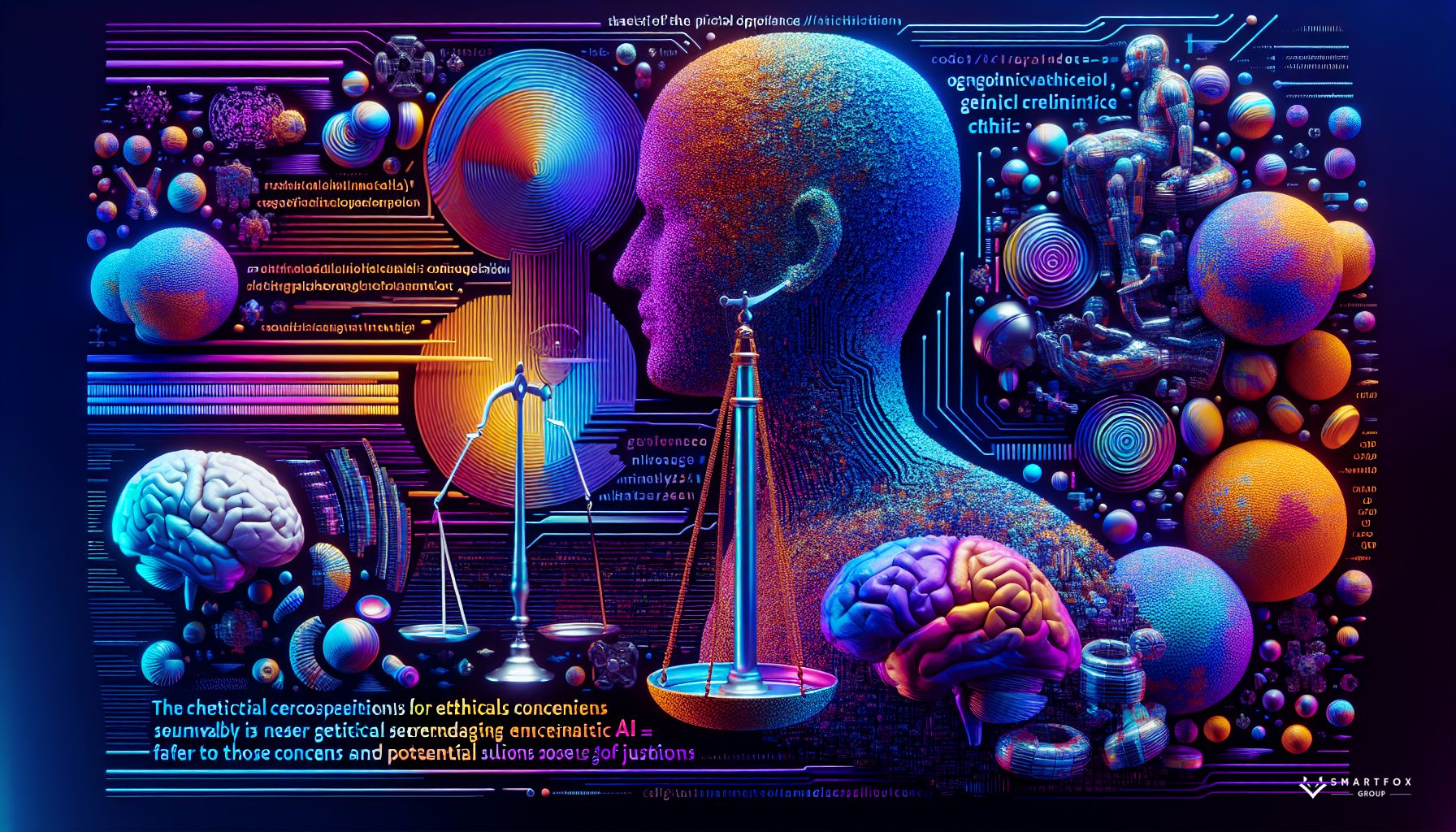
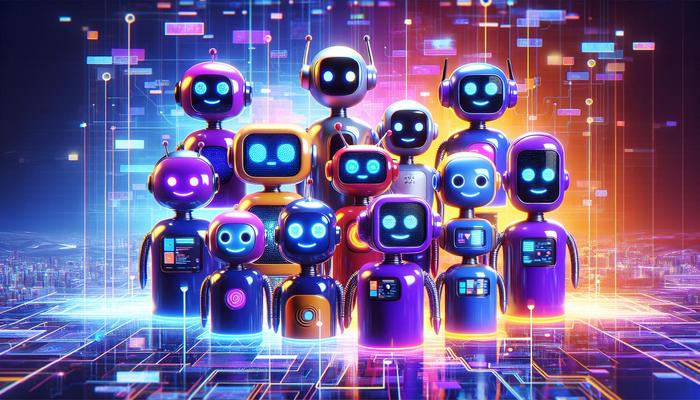
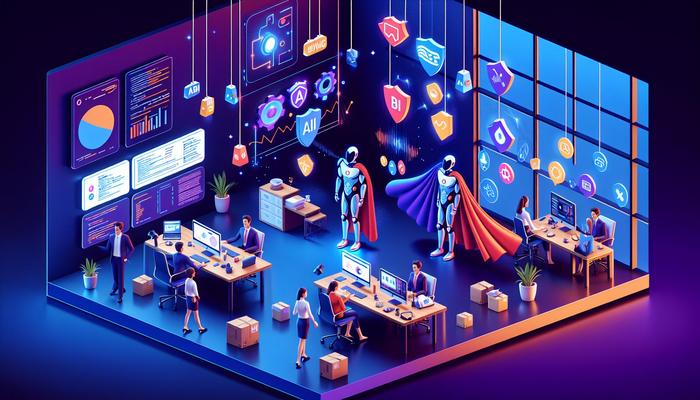

0 Comments